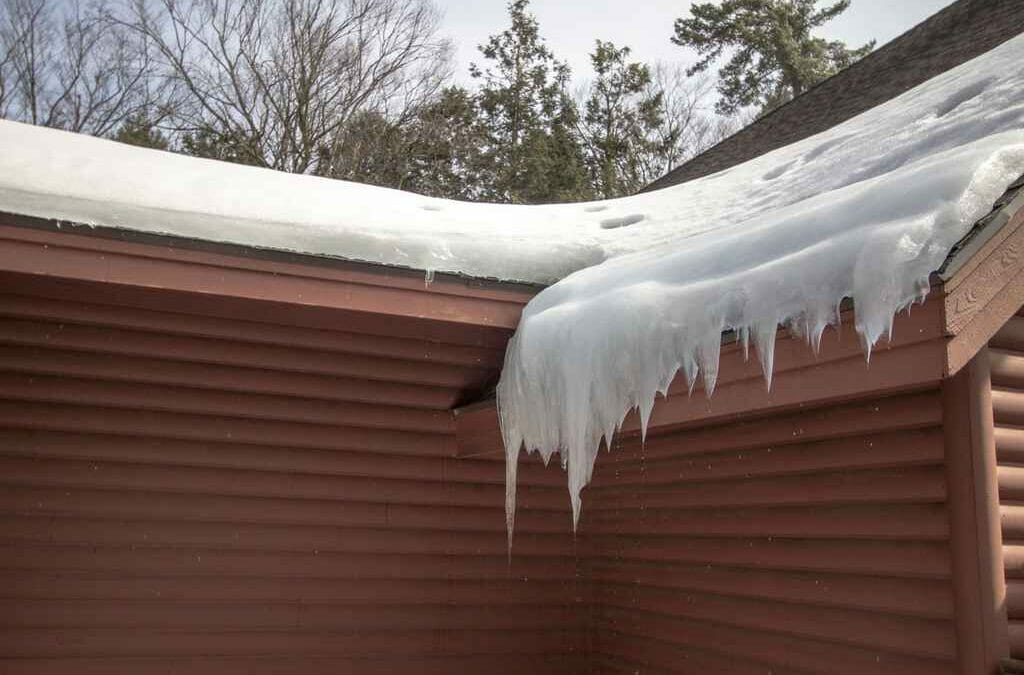Winters are beautiful, long and exciting in Colorado, especially along the Front Range. Because we have so many warm sunny days sandwiched in between our cold snowy ones, Colorado roofing contractors are able to work year round. Making good judgement calls on which days to work around fluctuating temperatures is the key. Not everyone has mastered the art of doing this. We perform several kinds of roof repairs in Denver and Colorado Springs simply based on the fact that roofs were installed on days that were too cold.
Shingles have sealant strips to hold the shingle down in addition to the nails anchoring them to the roof decking. If the weather conditions are poor when the shingles are installed, the adhesive on the sealant strip never activates. All it may take is for one windy day and for debris and dust to settle on the sealant strip and it may never seal properly. We are careful to install roofs at the right time. Not everyone does this.
While installing shingles nails are supposed to be flush and perpendicular to the deck. The better roofing companies in Denver and Colorado Springs install each shingle with 6 nails. The spacing of these nails, or the nail pattern, is important for the integrity of the roof system. Winter time installation requires continual changes in air pressure to install the nail at the proper depth in the shingle. When the shingles are cold, it takes more pressure to flush the nail. As the day warms up, the pressure needs to decrease. It is so sensitive to temperature that it may have to be adjusted often in variable cloud cover. Unfortunately for the homeowner, most installers are not trained to do this, so we see issues with overdriven and under driven nails. This may result in shingles being blown off in high winds.
Every winter we get calls asking us to remove ice dams. This is a precarious job and has to be done with great caution for personal safety reasons as well protecting the shingles. As the snow partially melts and refreezes, it is creating an ice dam on top of the roof that can seep through any tiny holes that may exist in the flashing or shingles. Mistakenly, people remove ice and snow with axes, picks and pitchforks all of which can easily puncture shingles. Eaves and valleys at the lower edge of a roof are common places for ice dams to form.
While on the subject of ice dams let’s consider snow removal. It goes without saying that it is important for large quantities of snow to be removed from lower sloped roofs often found on commercial buildings, apartment buildings, and condos. It is more dangerous than it looks! Roofs collapse under the weight of the snow.
With our Colorado high winds, tree branches have been known to scrape or puncture roofs. If the area is small enough, the damaged area can be re-decked as needed and then re-shingled. In the event of a tree falling on the roof, an emergency cover up or repair is most likely needed.

